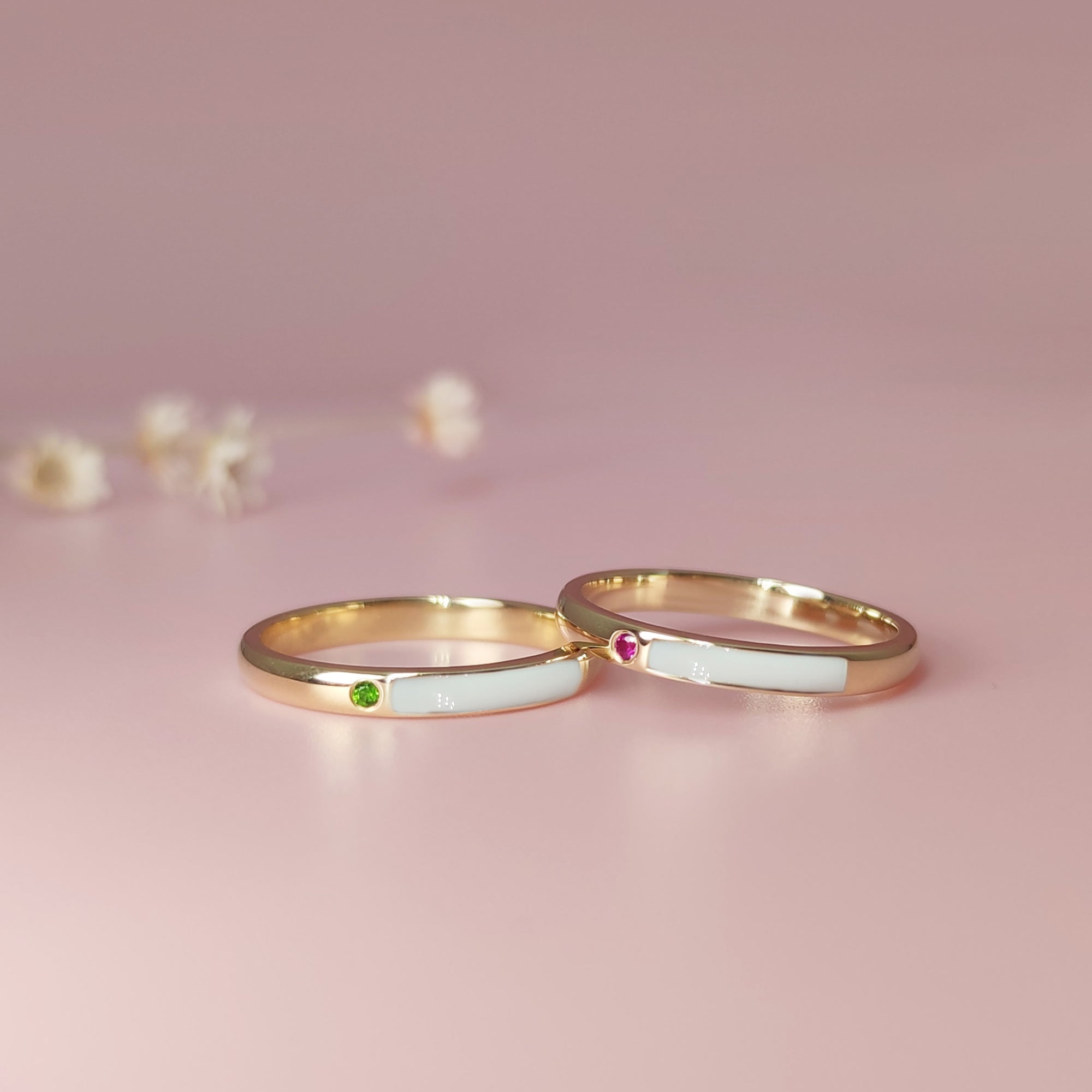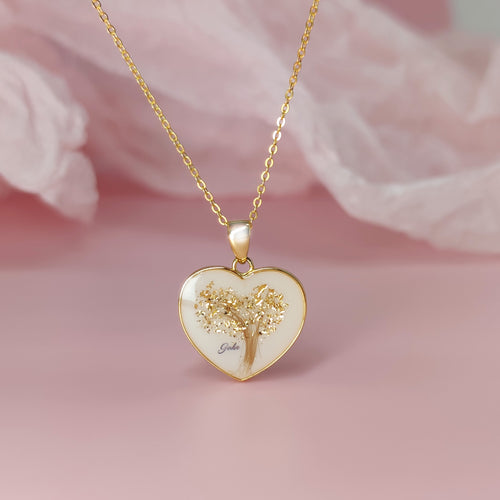Introducing your baby to solid foods is an exciting milestone, but it can be daunting when it comes to allergenic foods. Knowing when and how to introduce potential allergens—like peanuts, eggs, or shellfish—can help reduce the risk of allergies while ensuring your baby gets a varied and nutritious diet. Here’s a step-by-step guide to safely introducing allergenic foods and observing your baby’s reactions.
Why Introduce Allergenic Foods Early?
Research shows that introducing allergenic foods early (around 6 months of age) may reduce the risk of developing food allergies. According to guidelines from pediatric and allergy organizations, exposing your baby to these foods during their first year of life can help their immune system tolerate them.
Common Allergenic Foods
The most common allergenic foods include:
- Peanuts
- Tree Nuts (e.g., almonds, walnuts)
- Eggs
- Milk
- Wheat
- Soy
- Fish
- Shellfish
- Sesame
Steps to Introduce Allergenic Foods
1. Start With Non-Allergenic Foods
Before introducing potential allergens, ensure your baby has tried and tolerated non-allergenic foods like single-grain cereals, fruits, and vegetables. This helps you recognize reactions to new foods more easily.
2. Introduce One Allergenic Food at a Time
- Offer one allergenic food at a time.
- Wait 3–5 days before introducing another allergenic food to observe any reactions.
3. Choose the Right Time and Setting
- Pick a time when your baby is healthy and not overly tired or cranky.
- Ensure you are at home and can monitor them closely for a few hours after introducing the food.
4. Start Small
- Begin with a tiny amount (e.g., a quarter teaspoon) mixed into a familiar food like puree or cereal.
- Gradually increase the quantity if no reaction occurs.
5. Watch for Reactions
Observe your baby for signs of an allergic reaction, which may include:
- Mild Reactions: Rash, hives, or redness around the mouth.
-
Severe Reactions: Swelling of the lips or face, vomiting, diarrhea, difficulty breathing, or wheezing (a sign of anaphylaxis).
If you notice severe symptoms, seek immediate medical attention.
6. Offer Regular Exposure
If your baby tolerates an allergenic food, include it in their diet regularly (e.g., once or twice a week). Consistent exposure can help maintain tolerance.
Special Considerations
1. High-Risk Babies
If your baby has severe eczema, a family history of food allergies, or a sibling with allergies, consult your pediatrician or an allergist before introducing allergenic foods. They may recommend early testing or supervised introductions.
2. Peanuts and Nut Butters
- Avoid giving whole nuts or large dollops of nut butter, as they can be choking hazards.
- Instead, thinly spread nut butter on a cracker or mix peanut powder into baby cereal.
3. Eggs
- Start with fully cooked eggs (e.g., scrambled or hard-boiled).
- Avoid raw or undercooked eggs (e.g., soft-boiled or runny yolks).
4. Cow’s Milk
- Avoid giving cow’s milk as a drink until 12 months, but dairy products like yogurt and cheese can be introduced earlier.
5. Fish and Shellfish
- Ensure the fish is well-cooked and deboned.
- For shellfish, start with small amounts of shrimp or crab, as they are common allergens.
When to Seek Medical Advice
If you suspect your baby has had an allergic reaction, even a mild one, consult your pediatrician. For severe reactions, call emergency services immediately. Your doctor may refer you to an allergist for further testing and advice.
Tips for Success
- Keep a Food Diary: Record the foods you introduce and any reactions to monitor patterns.
- Stay Calm: Most babies tolerate allergenic foods without issues. Being informed and prepared can help ease your worries.
- Introduce a Variety: Don’t limit your baby’s diet unnecessarily. A diverse diet supports healthy growth and development.
Conclusion
Choosing the right jewelry design allows you to feel the warmth of motherhood at all times and lets you express your personality and style. I hope these tips help you find the piece that best represents the special bond between you and your baby. If you want to customize a piece of jewelry just look at this. It’s a unique way to cherish this time forever.

